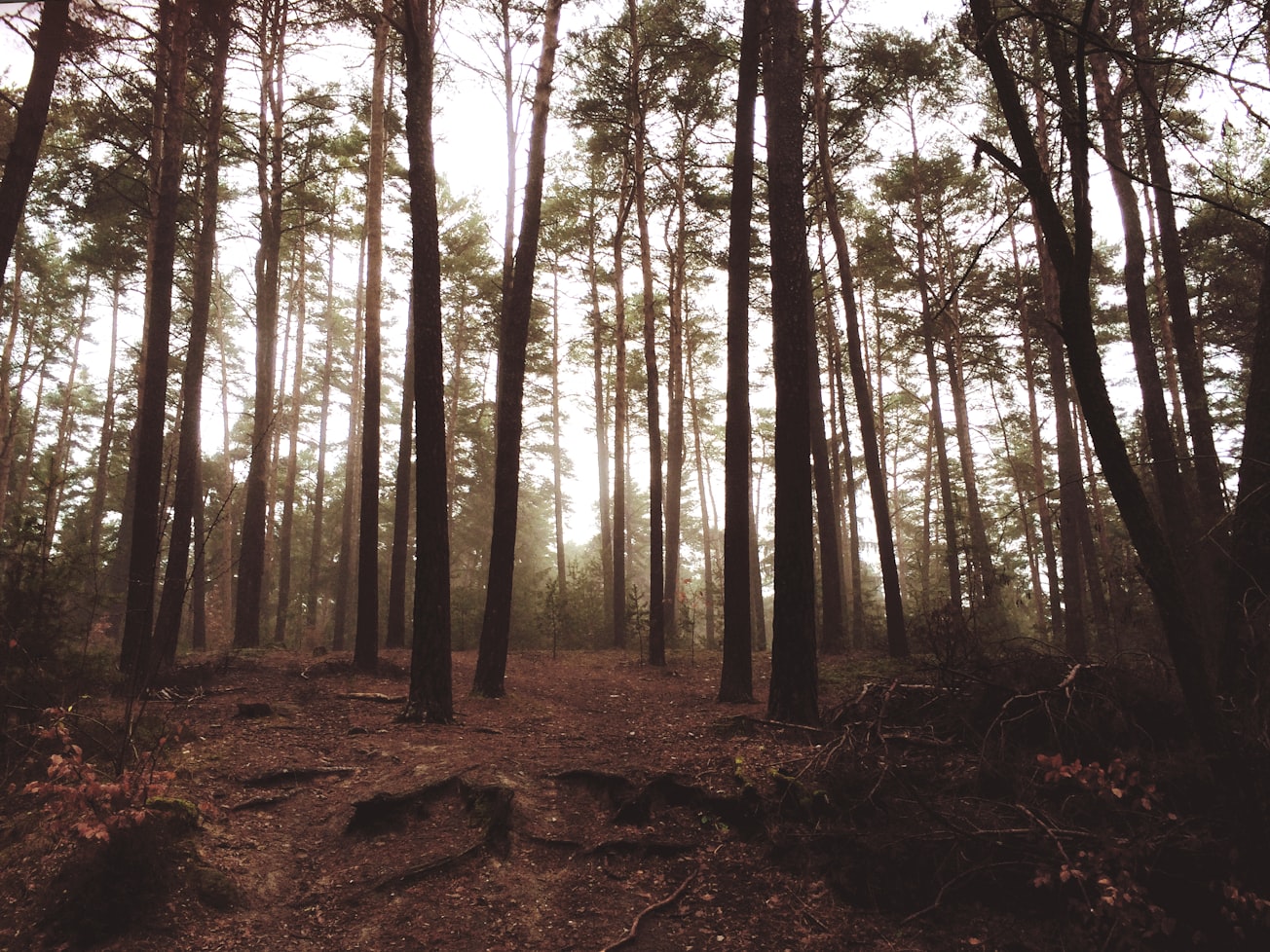What is it about?
Chemical compounds within pollen grains of the autumn pollinating Atlas cedar tree, are influenced by incoming Ultraviolet-B radiation (UV-B). These compounds (para-coumaric acid, and ferulic acid) can be measured, and their abundance can determine summer UV-B levels. This paper demonstrates this relationship with modern pollen samples from Morocco, but finds that trees which grow outside their native environment respond differently.
Featured Image

Photo by Alexander Hörl on Unsplash
Why is it important?
This is important, because we can use this relationship to determine historic summer UV-B levels using fossil pollen (proxy record). Incoming UV-B and total solar radiation may influence atmospheric climate conditions, plant health and distributions. And this research may help us to understand these interactions, and how plants respond. We also found that trees which were growing outside their native environment (in Europe and USA) respond differently, compared to trees growing in Morocco. This finding is important for developing biological proxies, where non-native, botanical garden samples are often used. This work shows, that these samples may not respond to environmental influences in the same way that native samples do.
Perspectives
Pollen geochemistry is still a fairly new developing area, there is a lot we still do not know, and I hope this article contributes to this exciting research area. Pollen geochemistry is an important quantitative tool for understanding past environmental change, and potentially future environmental change.
Ben Bell
University of Manchester
Read the Original
This page is a summary of: UV-B-absorbing compounds in modern Cedrus atlantica pollen: The potential for a summer UV-B proxy for Northwest Africa, The Holocene, June 2018, SAGE Publications,
DOI: 10.1177/0959683618777072.
You can read the full text:
Resources
Cedrus atlantica pollen FTIR spectra
All of the associated research data for this article/research
How pollen geochemistry can tell us about historic UV-B levels
Blog post explaining the research in more detail (and plain English).
Stable carbon isotope analysis of Cedrus atlantica pollen as an indicator of moisture availability
Another example of using pollen geochemistry to understand climate and environmental changes.
Contributors
The following have contributed to this page







